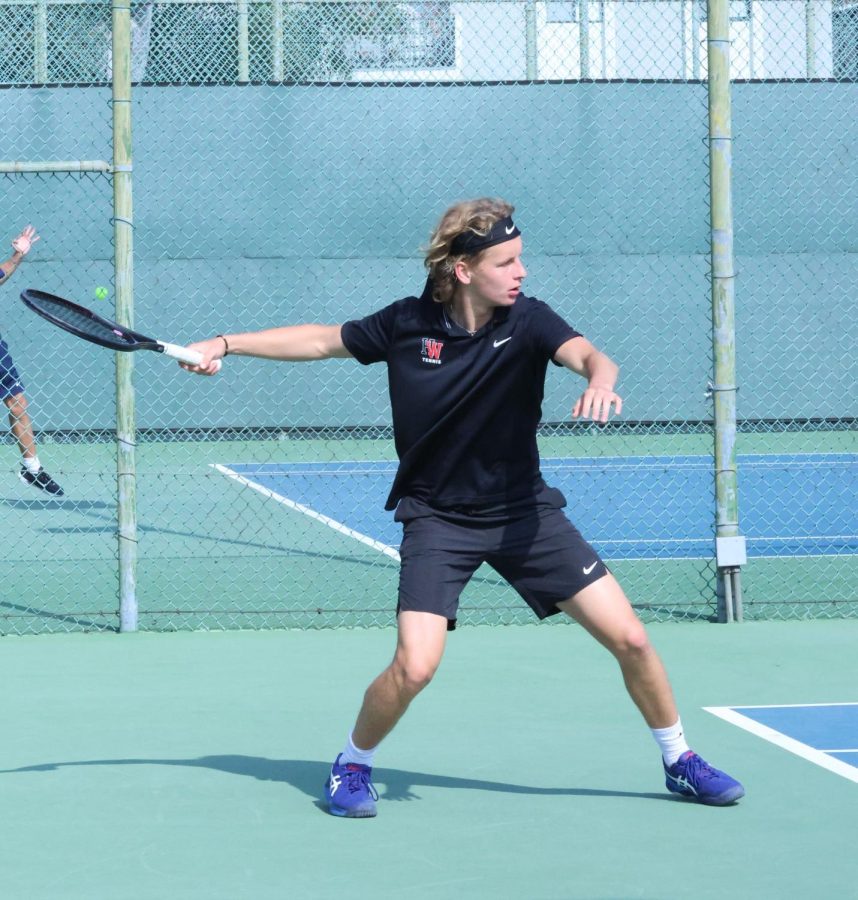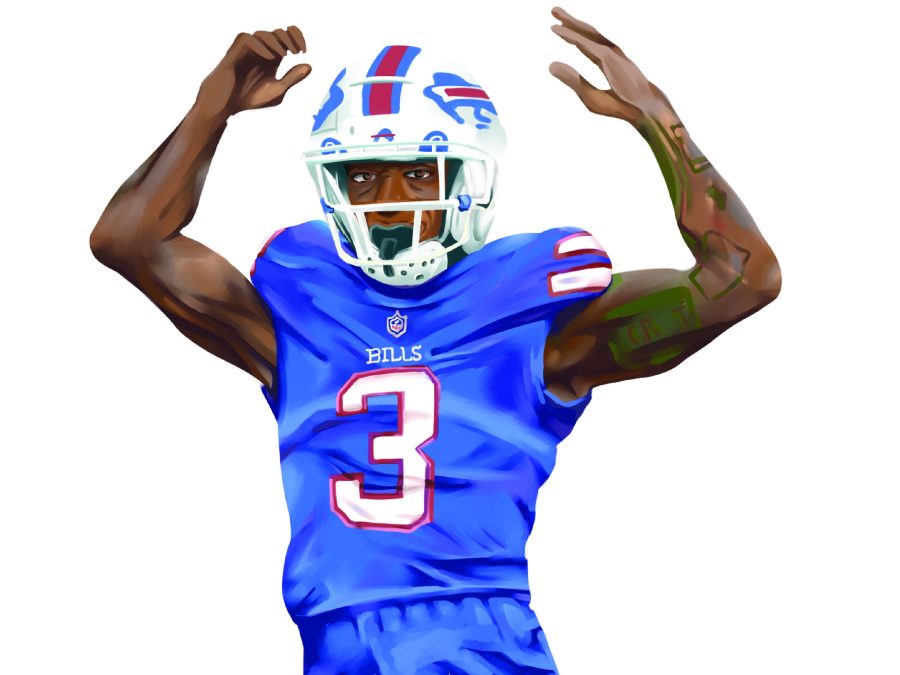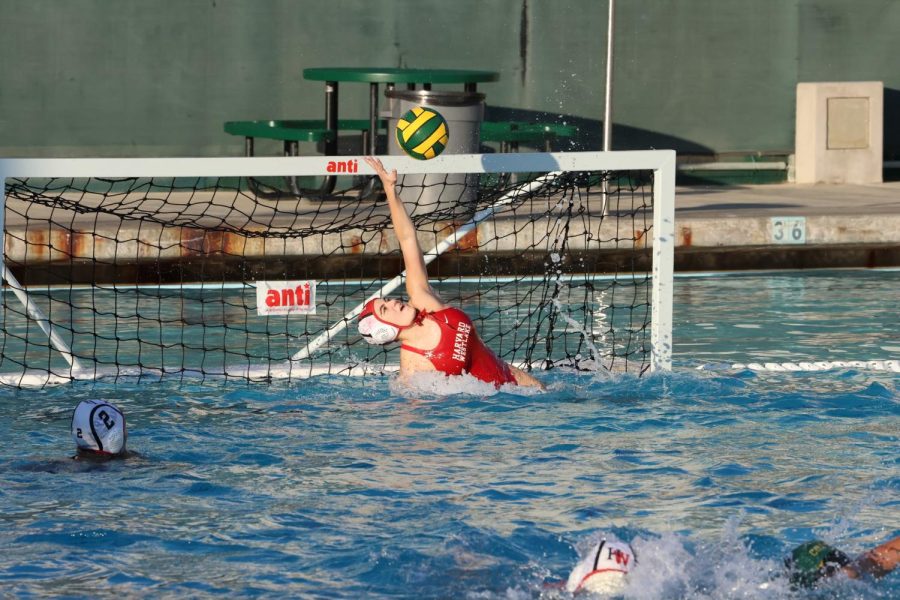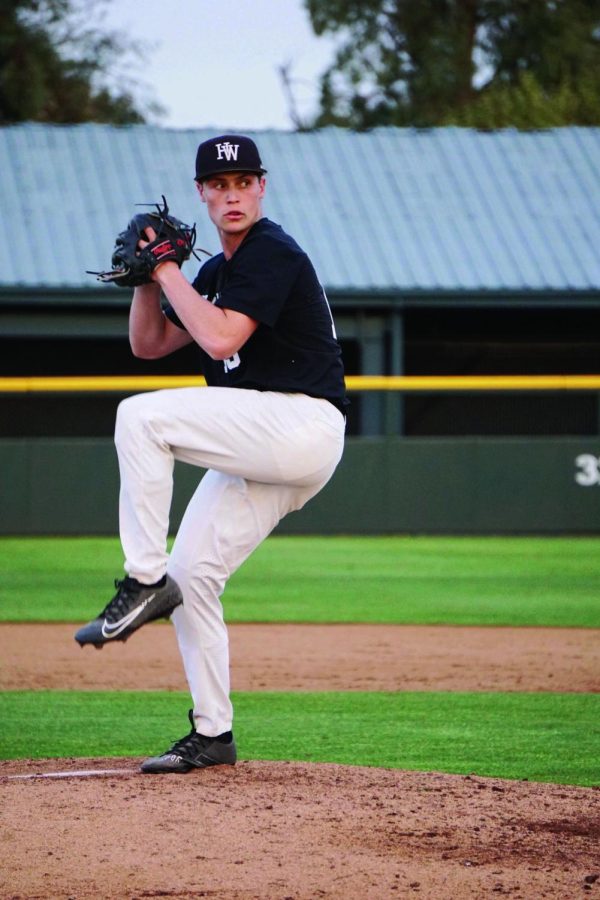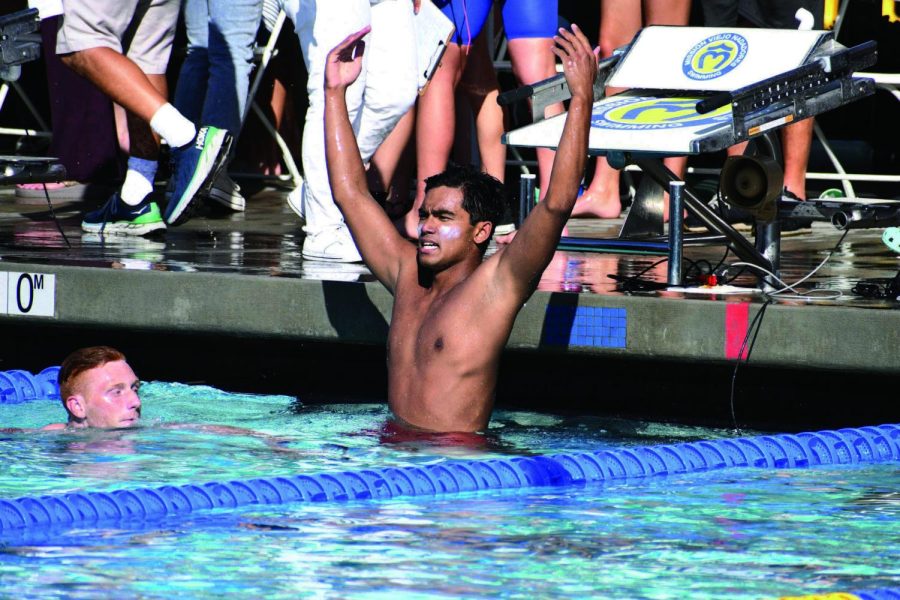Harvard-Westlake has become a recognizable name in the high school sports community.
With standout athletes such as Cassius Stanley ’19 and Johnny Juzang ’20, alongside a boys’ basketball State Championship victory and a nationally ranked girls’ basketball team elevating the school’s athletic reputation.
Concerned about how this growing prominence of athletics will affect the Harvard-Westlake community, the administration has created a committee that will reassess the role of athletics at the school. The committee is made up of 14 faculty members who have been talking to members of the school community to gather their opinions, such as students, parents and faculty and staff.
“Everybody is fanning out to ask two questions,” President Rick Commons said. “How is our athletics program aligned or misaligned with our mission and visions? And the second question is what are the key questions and most critical issues for athletics in the future of Harvard-Westlake?”
Student Athlete Advisory Council member and basketball player Ashlee Wong ’18 believes that this discussion happening amongst so many different groups is essential, and the the teams at this school could each provide important insight to what the new mission will say.
“Many of these values are already integrated into our athletic teams,” Wong said. “But I think some kind of announcement for the new committee should be made to let everyone know that there will be an effort to create a mission statement for our athletic program. I think it’s important for teams to have conversations about what they want to stand for and represent, and with this, they can also contribute to the mission statement by doing so.”
The goal is to create a mission statement that outlines the school’s principles and philosophy in respect to athletics that will provide a clear set of guidelines for future. For SAAC member and soccer player Ethan Blaser ’17, the biggest problem that needs to be solved is bridging the gap between the students, teachers and coaches.
“There needs to be closer ties between the academic and athletic sides of the school,” Blaser said. “The [SAAC] that I am a part of tries to serve as a link between the student body and the athletic department, but I don’t think that it is sufficient. There needs to be a link between the administrations too, because many of my peers seem to think that the mission of the athletic department are at odds with the mission of the school.”
The committee’s goals can divided into two major factors. The first is why the school treats certain sports a different way and have different expectations for the time commitment that they require.
“Why do we have some sports that are more intense, for instance, than others,” Commons said. “Why do we have certain sports and not others, why do we have girls’ softball and not girls’ lacrosse. We need to back up and start to ask some of these bigger questions and this felt like a good way to do it.”
The second problem is whether the intensity of some of these sports can also hurt athletes by not allowing them to diversify and grow their skill by playing multiple sports as it becomes more expected for students to specialize to remain competitive in the college recruiting process. The fact that athletic stars may be allowed some academic leeway may also lead to a larger divide between student athletes and “regular” students at the school.
“I think the problem is that the concept of the student athlete is dwindling,” Blaser said. “You have people who were brought here for athletics and you have people who were brought here for school, and the overlap is declining.”
The second part is how the school will view the athletic community going forward through the creation of a new mission statement that will make the school’s view on high school sports clear for students, parents and the administration.
“We need to be able to go back to our first principles and say, well, based upon what we care about and what we’ve said we care about most, the best decision is this” Commons said. “We don’t have that set of principles. And it’s been really helpful and effective to have a set of visions for the school as we are trying to make decisions about limits.”


























